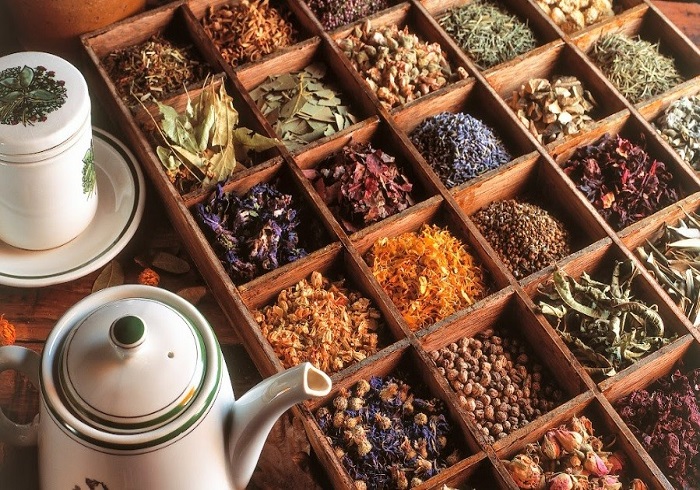Spices, food additives that enhance taste, aroma, color, and texture to our food, are an integral component of virtually all recipes in all cultures. And they have medicinal value too, aside from adding flavor to food. India, known as the hub of spices, is the largest producer, consumer and exporter of spices and spice products…



